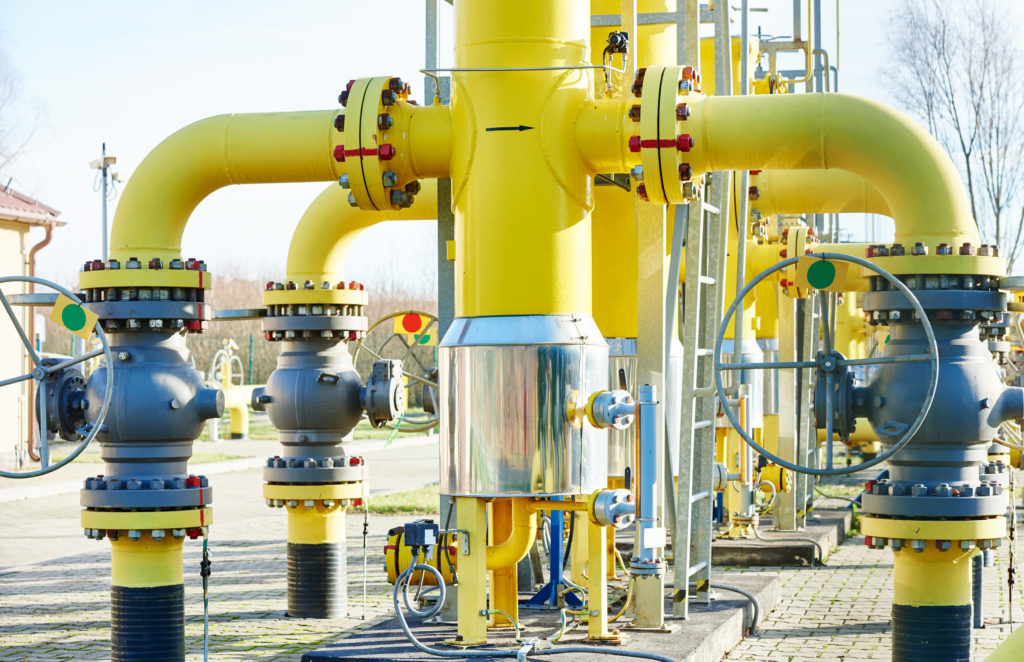
Since their conception, industrial processes have had numerous benefits and consequences for people and the environment. Today, with the increasing population and dependency on fossil fuels, factories, vehicles, power plants, and many other technologies use more industrial gas than ever before. If they do occur, gas leaks can have disastrous results on your health and the environment. Here’s a list of these industrial gases that you can find with industrial gas detection should leakage occur.
Ozone
Ozone (O3) is a gaseous, inorganic molecule primarily found in Earth’s stratosphere and at ground level. It’s formed when dioxygen in the stratosphere reacts with UV light. In the stratosphere, ozone serves a beneficial purpose by absorbing the sun’s UV radiation. Industrially manufactured ozone is used in the purification of drinking water, removing contaminants such as iron and manganese.
Ozone formed at ground level is formed from sunlight reacting with air containing volatile organic compounds and nitrous oxides, which are emitted from the burning of fossil fuels. Ground-level ozone can harm lung function and increase the risk of cardiopulmonary problems. It can also interfere with photosynthesis and impede the growth of plants.
Carbon Monoxide
Carbon monoxide (CO) is a tasteless, odorless, and colorless gas. When used as an industrial gas, CO has many applications, including metal fabrication, chemical production, and pharmaceutical manufacturing among many others. However, it’s also a common temporary air pollutant in urban areas. Emitted from internal combustion engines and the incomplete combustion of other fuels, CO plays a part in ground-level ozone production and photochemical smog.
Nitrogen Oxides
Nitrogen oxides (NOx) are a family of highly reactive and dangerous gases. Emitted from the combustion of fossil fuels and internal combustion engines, NOx creates a variety of health and environmental problems, such as photochemical smog and ground-level ozone. These products cause several detrimental effects for people, such as increased risk of cardiovascular problems. Environmental issues caused by NOx pollution include acid rain, photosynthesis interference, and reduced air quality.






